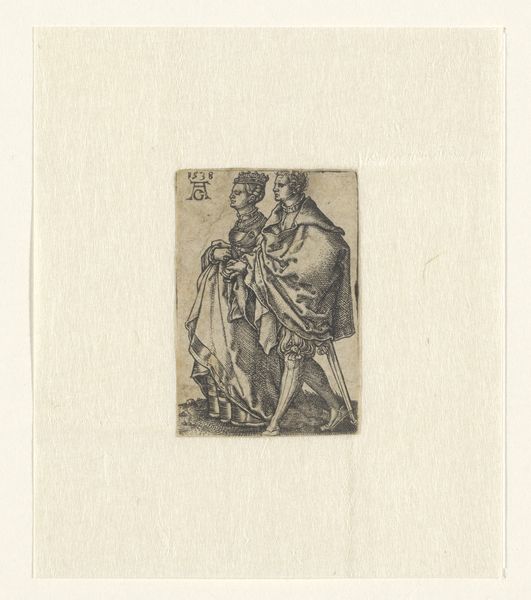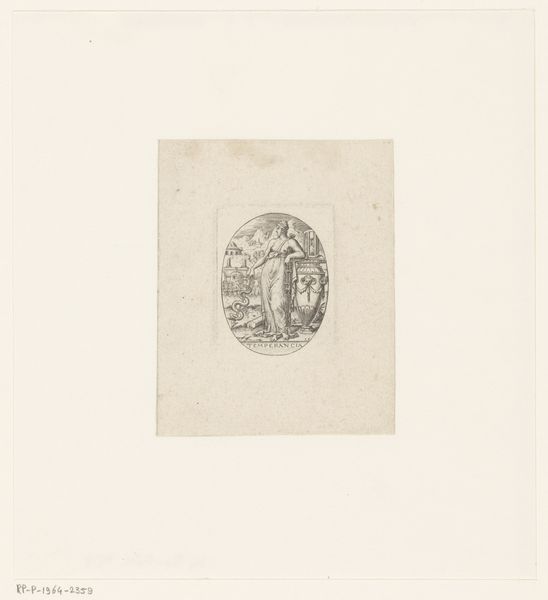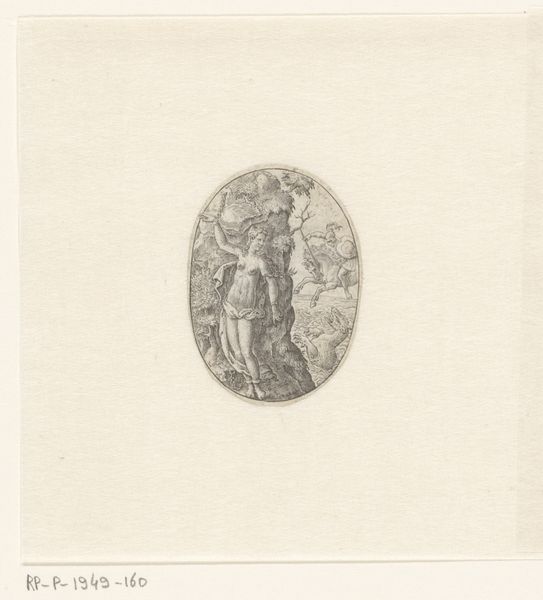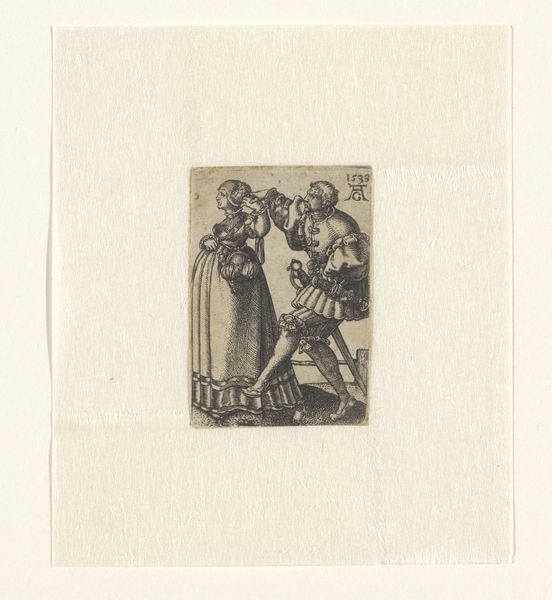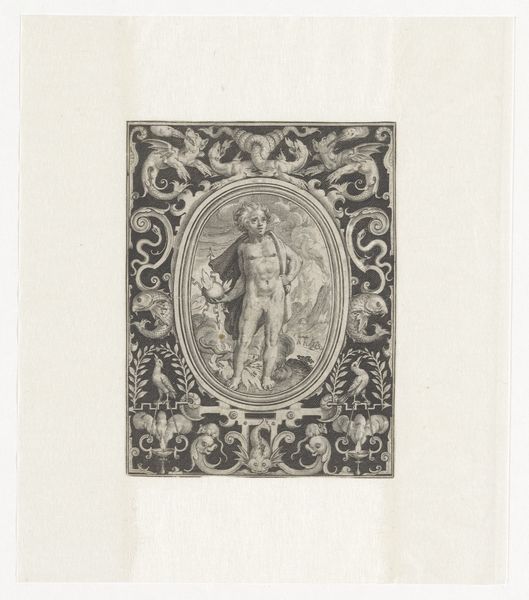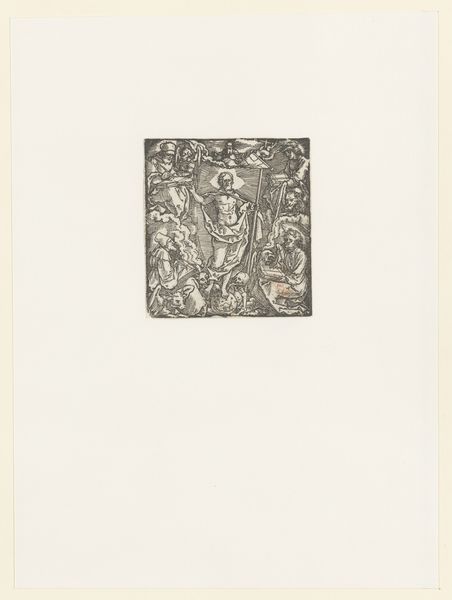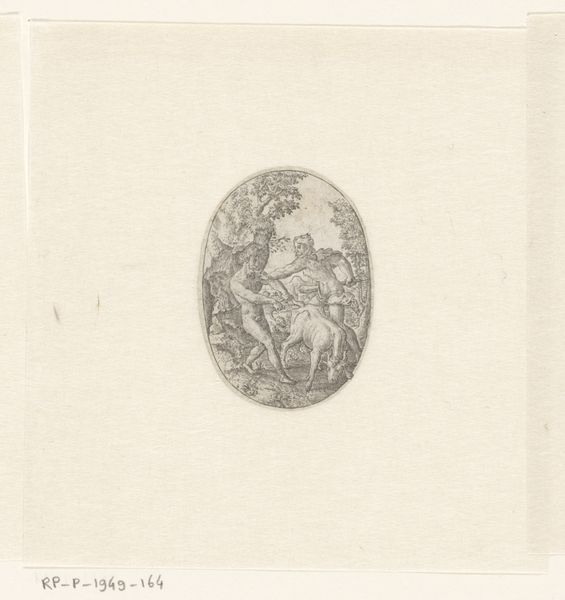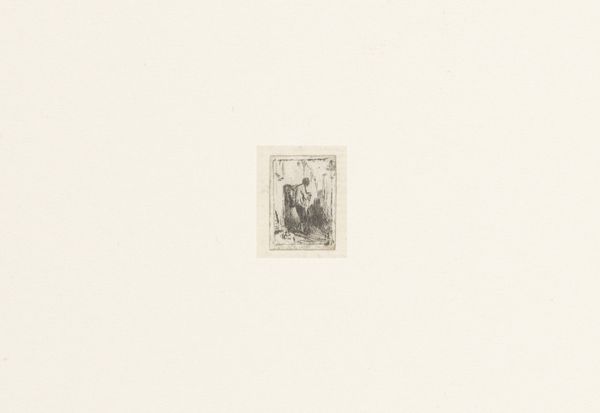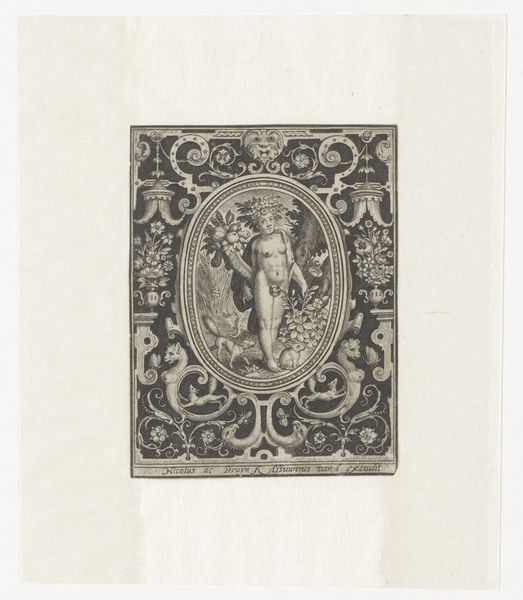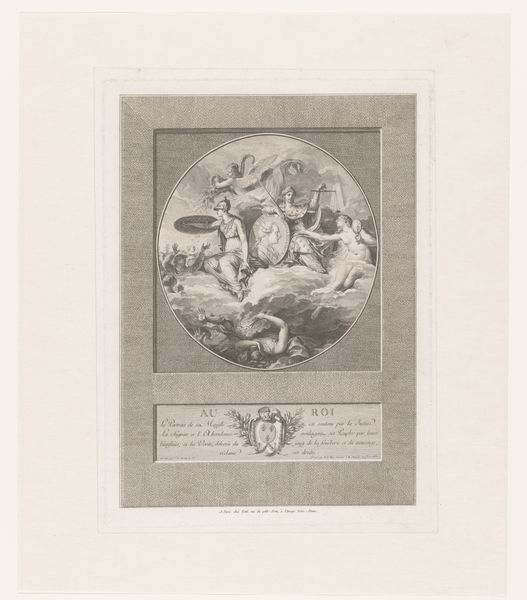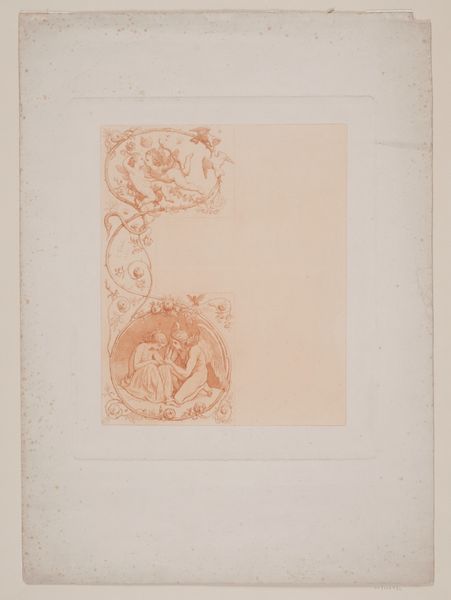
print, engraving
# print
#
old engraving style
#
classical-realism
#
mannerism
#
figuration
#
line
#
history-painting
#
engraving
Dimensions: height 52 mm, width 40 mm
Copyright: Rijks Museum: Open Domain
Etienne Delaune made this print of Minerva using engraving, a process that demands patience and a very steady hand. The image is incised into a metal plate – likely copper – with a tool called a burin. The artist would have painstakingly carved lines into the plate, creating a network of grooves that hold the ink. The plate is then inked, wiped clean, and pressed onto paper, transferring the image. The fineness of the lines and the precision of the details speak to Delaune’s skill as a draughtsman and engraver. The density of these lines creates tone and depth, giving the figure of Minerva a sculptural presence. Prints like these were not only artworks in their own right, but also served as a means of circulating designs and ideas widely. Consider the labor involved in creating such a detailed image, and the cultural value placed on both artistic skill and knowledge during the Renaissance. It reminds us that "fine art" and "craft" were not always separate categories, but rather intertwined expressions of human creativity and ingenuity.
Comments
No comments
Be the first to comment and join the conversation on the ultimate creative platform.
